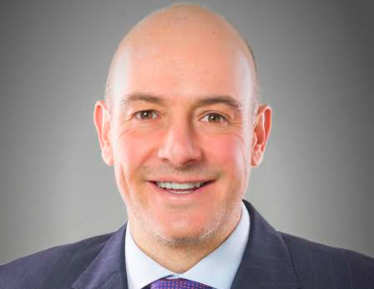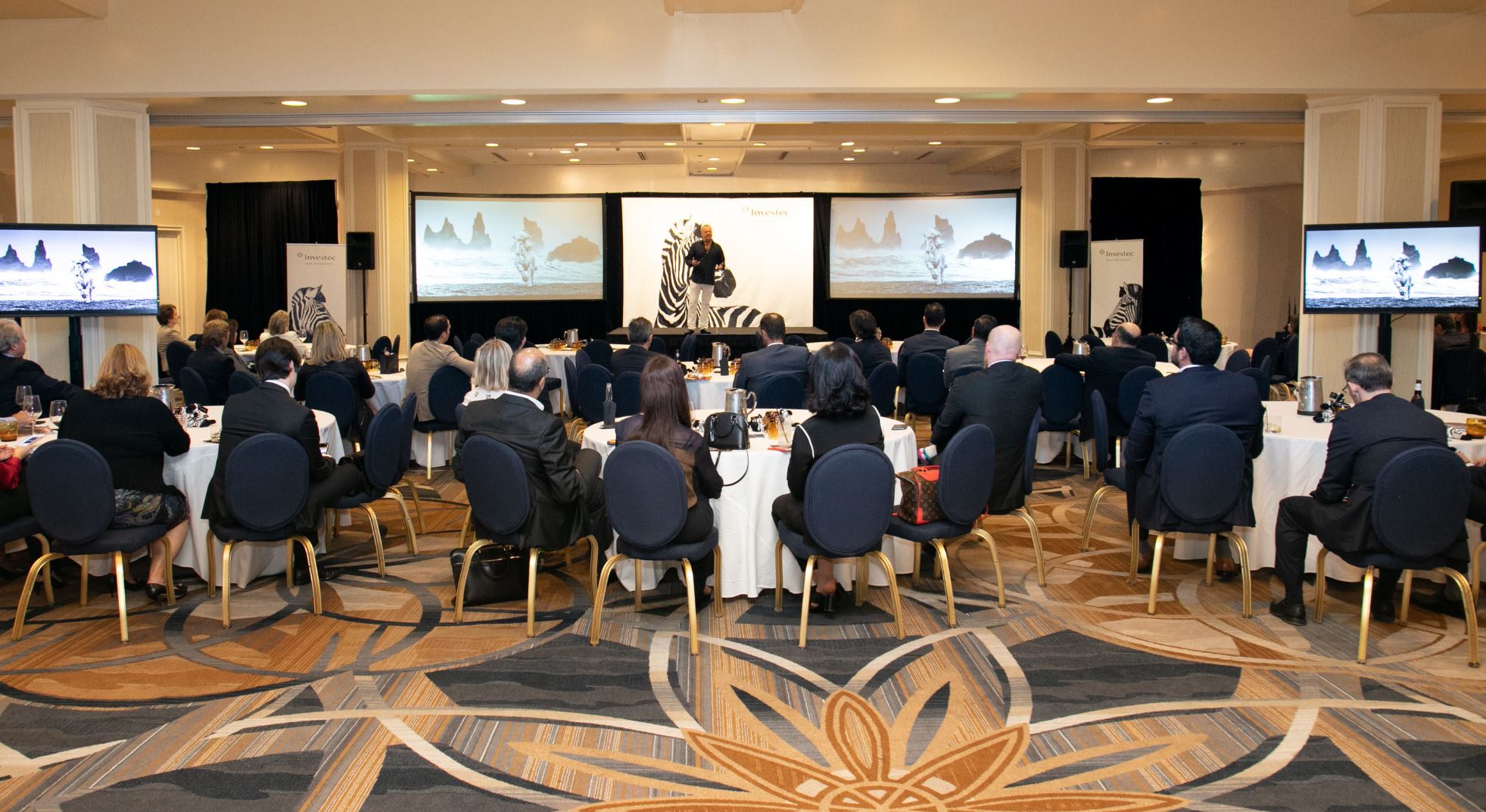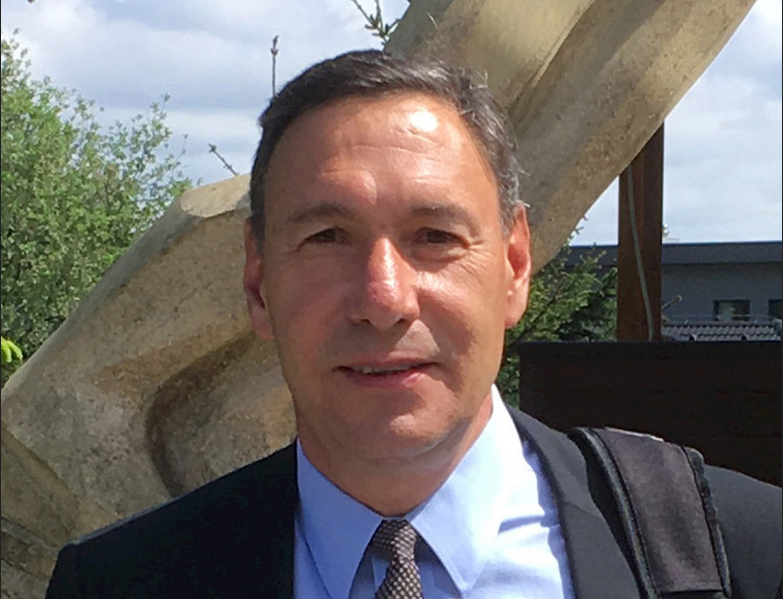Analyzing Women’s Role in the Asset Management Industry
| By Gabriela Huerta | 0 Comentarios

Financial Advisor magazine invites all advisors interested in women and wealth to attend its 5th annual Invest In Women conference, a national event that explores some of the most thought-provoking issues that face advisors and their female clients.
The 2019 conference will be held April 29-May 1 at the Loews Atlanta Hotel in Atlanta, Ga., and will feature a wide range of speakers on topics that include next-gen advisors, diversity, impact investing, executive women, estate planning, behavioral finance, divorce, client relations, marketing and much more.
“FA’s goal with Invest In Women is to provide a compelling, national forum for advisors to engage on topics that are particularly relevant to women,” said FA’s Executive Editor Dorothy Hinchcliff and Director of Conferences. “IIW has continued to grow each year, and we expect record attendance at our upcoming conference.”
David Smith, FA’s Group Publisher and Cofounder, said he is extremely pleased with the support sponsors have given to Invest In Women. “Leading firms such OppenheimerFunds, Dimensional Fund Advisors and TDAmeritrade, to name only a few, see the value in conveying the message that women advisors and clients are a force that shouldn’t be ignored. The fact that so many of our sponsors are capable of sharing their research and expertise to our content is confirmation of their commitment to the cause.”
Keynote speakers include:
- Dr. Bernice King, the daughter of Martin Luther King Jr. and Corretta Scott King. As CEO of the King Center in Atlanta, she has continued to advance her parents’ legacy.
- Lara Logan, a 60 Minutes journalist and war correspondent who faced harrowing experiences covering some of the world’s most dangerous places and who is known for her personal integrity.
- Lauren Simmons, who has been dubbed the real-life “Fearless Girl,” who became the youngest and only full-time female trader at the New York Stock Exchange. She’s also the second African American woman in history to work as a trader on the floor.
- Dr. Laura L. Carstensen, cofounder and director of the Stanford Center on Longevity at Stanford University. She has amazing insight on how we can make later life a time of great happiness.
- Christina Boris, vice president and client research director at OppenheimerFunds, who is the architect of The Generations Project for the firm. Her current studies include advisor sentiment about wealth transfer, next-generation financial advisory practices, the shifting generational needs of high-net-worth families.
- Marlena Lee, co-head of research for Dimensional Fund Advisors. Lee works closely with Dimensional’s clients on a variety of investment-related initiatives and questions. Previously, she worked as a teaching assistant for Professor Eugene Fama while she earned her Ph.D. in finance at the University of Chicago Booth School of Business.
FA’s Inside Retirement conference will immediately follow the Invest In Women conference. In its 10th year, Inside Retirement focuses on the changes clients face as a result of increases in longevity and how that impacts advisory practices. It also provides insight on issues for advisors who provide advice to small businesses on retirement plans, such as 401(k)s.
The events will also offer pre- and post-conference workshops. On April 29, immediately before the Invest in Women conference, FA has assembled a pre-eminent team to answer your key questions on planning for a sale of your practice. Following Invest in Women on May 1 and leading in to Inside Retirement, the ever-popular Susan Bradley, founder of the Sudden Money Institute, will present the workshop “In The Client’s Shoes.”
Registration is now open for both FA’s Invest In Women or Inside Retirement conferences.










